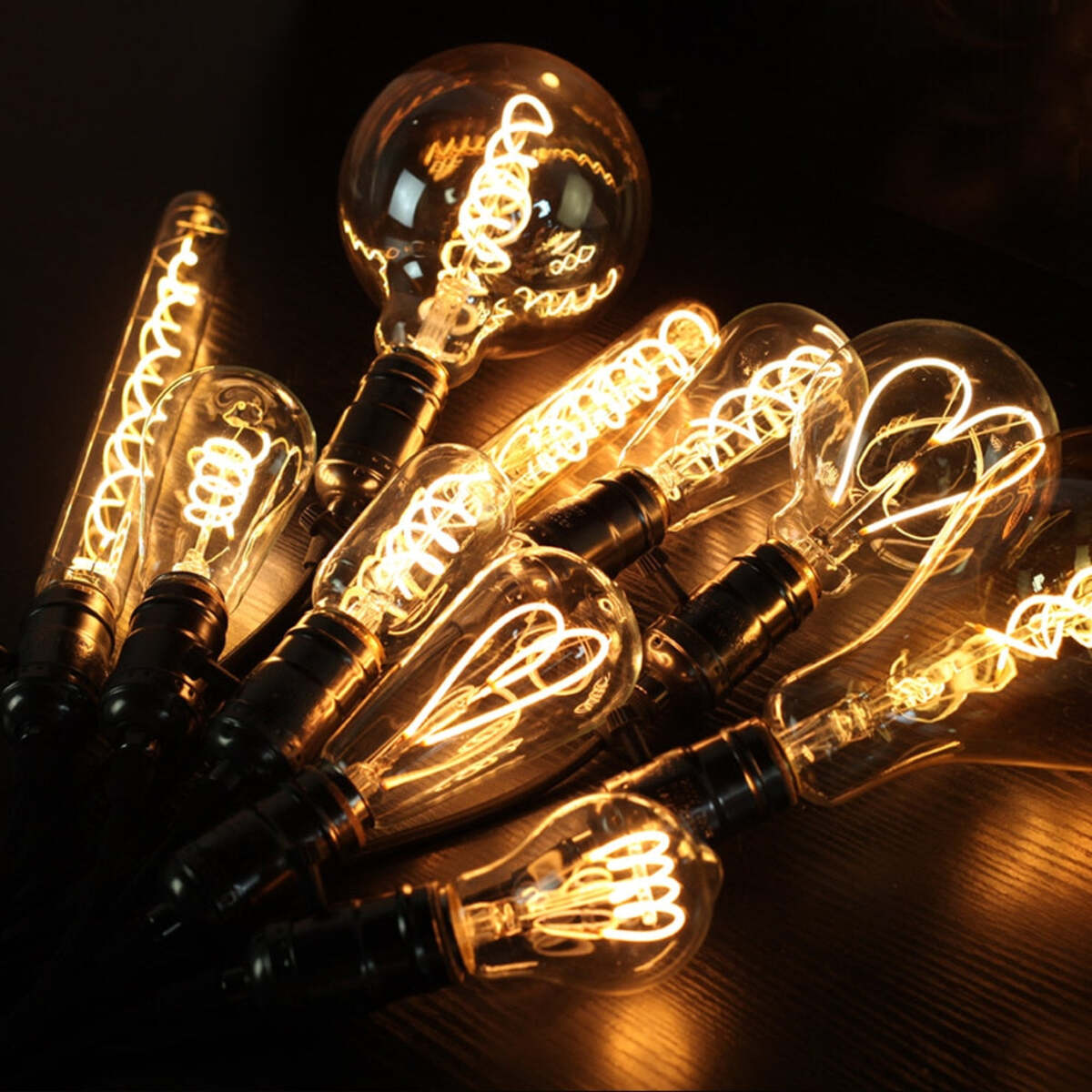

Articles
What Does A Dimmable Light Bulb Mean?
Modified: September 1, 2024
Discover what a dimmable light bulb means and how it can enhance your lighting experience. Read informative articles on the benefits and uses of dimmable light bulbs.
(Many of the links in this article redirect to a specific reviewed product. Your purchase of these products through affiliate links helps to generate commission for Storables.com, at no extra cost. Learn more)
Introduction
When it comes to lighting up our homes or offices, we often have specific preferences for the level of brightness we desire. Sometimes, we may want a well-lit space to boost productivity, while other times we may prefer a softer ambiance for relaxation or intimate gatherings. This is where dimmable light bulbs come into play.
A dimmable light bulb is a versatile lighting option that allows you to adjust the brightness level according to your needs and preferences. Whether you want to create a cozy atmosphere for a romantic dinner or a vibrant ambience for a lively party, a dimmable light bulb gives you the flexibility to set the mood just right.
In this article, we will delve deeper into the world of dimmable light bulbs, exploring their definition, how they work, the different types available, the benefits of using them, considerations before purchase, and common issues associated with them. By the end, you will have a comprehensive understanding of dimmable light bulbs and whether they are the right lighting solution for your needs.
Key Takeaways:
- Dimmable light bulbs offer customizable lighting, energy efficiency, and extended lifespan. Understanding compatibility and addressing common issues ensures a satisfying lighting experience for any occasion.
- LED and halogen dimmable bulbs provide unique advantages. Consider brightness range, color temperature, and fixture compatibility when selecting the ideal dimmable bulb for your space.
Read more: What Does A Green Light Bulb Mean
Definition of a Dimmable Light Bulb
A dimmable light bulb is a type of light bulb that can be adjusted to emit various levels of brightness. Unlike traditional light bulbs that only have an on/off switch, dimmable light bulbs offer a range of dimming options to control the intensity of light output. They can be dimmed down for a softer and more relaxing lighting effect, or brightened up for a vibrant and well-lit space.
Dimmable light bulbs typically utilize advanced technologies such as LEDs (light-emitting diodes) or halogen lamps to provide a customizable lighting experience. With the ability to adjust the brightness level, users can create the desired ambiance or set the mood in any room.
It’s important to note that not all light bulbs are dimmable. Dimmability is a feature that needs to be specifically designed and built into the light bulb itself. Therefore, it’s essential to check the packaging or product specifications to ensure that the light bulb you are purchasing is dimmable if that is a desired feature for you.
Furthermore, dimmable light bulbs require a compatible dimmer switch to control their brightness. The dimmer switch acts as a device that regulates the amount of electricity supplied to the bulb, allowing you to adjust the intensity of the light. Different dimmer switches may have varying compatibility with specific types of dimmable light bulbs, so it’s important to consider compatibility when setting up your lighting system.
Overall, dimmable light bulbs offer a convenient and versatile lighting solution that allows users to have control over the level of brightness in their environment. Whether you want to create a cozy ambiance, highlight specific areas, or save energy by reducing the light output, dimmable light bulbs provide the flexibility to customize your lighting experience to suit your needs and preferences.
How Dimmable Light Bulbs Work
Understanding how dimmable light bulbs work requires a closer look at the specific technologies they employ. Two common types of dimmable light bulbs are LED (light-emitting diode) bulbs and halogen bulbs.
LED dimmable light bulbs use a form of solid-state lighting technology. Inside an LED bulb, tiny semiconductors called diodes emit light when an electrical current passes through them. The intensity of the emitted light is directly proportional to the current flowing through the diode. To create dimmable LED bulbs, manufacturers utilize a technique known as pulse-width modulation (PWM). This technique rapidly cycles the LED on and off, while varying the width of the pulse. As a result, the bulb appears to dim as the “off” part of the cycle becomes longer.
Halogen dimmable light bulbs, on the other hand, work differently. They use a tungsten filament enclosed within a small quartz envelope. When electricity flows through the filament, it heats up and emits bright light. To dim a halogen bulb, a dimmer switch regulates the amount of electrical current reaching the bulb. This is achieved by adjusting the voltage supplied to the filament. When the voltage is reduced, the filament’s temperature decreases, resulting in a dimmer light output.
It’s important to note that not all dimmable light bulbs are compatible with all types of dimmer switches. When purchasing dimmable light bulbs, it’s crucial to ensure compatibility with the specific dimmer switch you plan to use. Using incompatible bulbs and dimmer switches together may result in inconsistent or unreliable dimming performance.
Additionally, it’s worth mentioning that some modern dimmable LED bulbs offer enhanced dimming capabilities. Known as “triac dimmable” bulbs, these LEDs are designed to work with more advanced leading-edge or trailing-edge dimmers. They provide smoother dimming performance, eliminating flickering or buzzing noises that can sometimes occur with older dimmer switches.
In summary, dimmable light bulbs employ various techniques to adjust their brightness levels, depending on the technology they utilize. LED bulbs typically use pulse-width modulation (PWM), while halogen bulbs rely on voltage regulation to dim their light output. It’s important to consider compatibility between dimmable bulbs and dimmer switches to ensure optimal dimming performance.
Types of Dimmable Light Bulbs
Dimmable light bulbs are available in a variety of types, each offering unique characteristics and advantages. Here are some of the most common types of dimmable light bulbs:
1. LED Dimmable Bulbs: LED (light-emitting diode) bulbs are highly energy-efficient and durable. They come in various shapes and sizes, such as the classic A19 shape, as well as more specialized options like floodlights and decorative bulbs. LED dimmable bulbs are known for their long lifespan and excellent color rendering, providing high-quality and customizable lighting solutions.
2. Halogen Dimmable Bulbs: Halogen bulbs are a type of incandescent bulb that uses a tungsten filament enclosed in a small quartz envelope. They offer a warm and crisp light output, making them ideal for accent lighting and creating a cozy atmosphere. Halogen dimmable bulbs are known for their immediate full brightness and compatibility with a wide range of dimmer switches.
3. Incandescent Dimmable Bulbs: Traditional incandescent bulbs are the most familiar type of light bulbs. While they are not as energy-efficient as LED or halogen bulbs, they can be dimmed to create the desired lighting effect. However, due to their high energy consumption and shorter lifespan, incandescent bulbs are being phased out in many countries.
4. CFL Dimmable Bulbs: Compact fluorescent lamps (CFLs) are energy-saving bulbs that have gained popularity in recent years. While not all CFL bulbs are dimmable, some manufacturers have developed dimmable models. CFL dimmable bulbs may require specific dimmer switches compatible with their electronic ballasts.
5. Smart Dimmable Bulbs: With the rise of smart home technology, smart dimmable bulbs have become increasingly popular. These bulbs are connected to a home automation system and can be controlled remotely using a smartphone or voice commands. Smart dimmable bulbs offer convenience and advanced features such as customizable schedules, color-changing capabilities, and integration with other smart devices.
When choosing the right dimmable light bulb, consider factors such as desired brightness, color temperature, energy efficiency, and compatibility with your existing lighting fixtures and dimmer switches. It’s recommended to consult the product specifications or consult with a lighting professional to ensure you select the ideal dimmable bulb for your needs.
A dimmable light bulb is one that can be adjusted to different levels of brightness using a dimmer switch. When purchasing dimmable bulbs, make sure to check that they are compatible with your existing dimmer switch to avoid any issues.
Benefits of Using Dimmable Light Bulbs
Dimmable light bulbs offer a range of advantages that make them a popular choice for both residential and commercial lighting. Here are some of the key benefits of using dimmable light bulbs:
1. Customizable Lighting: Perhaps the most significant benefit of dimmable light bulbs is the ability to customize the lighting according to your specific needs and preferences. Whether you want bright and vibrant lighting for task-oriented activities or a soft, relaxing ambiance for unwinding, dimmable bulbs allow you to adjust the brightness level to create the perfect atmosphere.
2. Energy Efficiency: Dimmable light bulbs provide energy-saving benefits by allowing you to reduce the light output when full brightness is not necessary. By dimming the lights, you consume less electricity, resulting in lower energy bills and a reduced environmental impact.
3. Extended Bulb Lifespan: When dimmed, light bulbs operate at a lower power setting, which reduces the stress on their components. This can result in an extended lifespan for the bulb, saving you money on replacement costs over time.
4. Enhanced Mood and Ambiance: Lighting has a direct impact on our mood and well-being. Dimmable light bulbs allow you to create various lighting scenarios to suit different occasions. Whether you’re hosting a romantic dinner, movie night, or a lively party, the ability to adjust the lighting intensity helps set the desired mood and ambiance.
5. Highlighting Features: Dimmable bulbs can be used to highlight specific areas or architectural features in your space. By dimming the surrounding lights and focusing on specific areas, you can draw attention to artwork, sculptures, or any other points of interest.
6. Reduced Glare and Eye Strain: Bright lighting can sometimes cause discomfort, glare, and eye strain, especially in task-oriented areas like home offices or study areas. Dimmable light bulbs allow you to reduce the intensity of the light, providing a more comfortable and eye-friendly environment.
7. Flexible Lighting Solutions: With dimmable bulbs, you have the flexibility to adjust the lighting to different activities or times of the day. Whether you need bright, energizing light for focused work during the day or a soothing, low-light setting for winding down in the evening, dimmable bulbs offer versatility to meet your changing lighting needs.
It’s important to note that the benefits of using dimmable light bulbs can vary depending on the specific type and technology used. Additionally, ensuring compatibility between the dimmable bulbs and dimmer switches is crucial for optimal performance and functionality.
Overall, dimmable light bulbs offer a convenient and versatile lighting solution, allowing you to control the brightness and create a customized lighting experience that enhances your space, saves energy, and promotes your well-being.
Read more: What Does A Red Light Bulb Mean
Considerations Before Buying Dimmable Light Bulbs
Before purchasing dimmable light bulbs, there are several important considerations to keep in mind to ensure that you select the right bulbs for your needs and to avoid compatibility issues. Here are some key factors to consider:
1. Dimmer Switch Compatibility: Not all dimmable light bulbs are compatible with all types of dimmer switches. It’s essential to check the packaging or product specifications of both the bulbs and the dimmer switch to ensure they are compatible. Some dimmer switches are designed for specific types of bulbs, such as LEDs or halogens, so make sure to choose the appropriate combination for optimal performance.
2. Brightness Range: Different dimmable light bulbs have varying brightness ranges. Some bulbs may dim to a very low level, while others may have a more limited dimming range. Consider your desired level of control over the brightness and choose bulbs that offer the range you need for your specific lighting requirements.
3. Color Temperature: The color temperature of dimmable light bulbs can have a significant impact on the ambiance and functionality of a space. Consider the desired atmosphere and the activities that will take place in the area where the bulbs will be used. Warm color temperatures (2700K-3000K) create a cozy and relaxing ambiance, while cooler color temperatures (4000K-5000K) provide a brighter, more energizing light.
4. Dedicated Dimmable LEDs: If you are planning to use LED bulbs, look for bulbs specifically labeled as “dimmable.” These bulbs are designed to work with dimmer switches and provide smooth, flicker-free dimming performance. Non-dimmable LEDs may flicker or buzz when used with dimmers, so it is important to choose the appropriate bulbs for optimal functionality.
5. Lumen Output: Consider the desired level of brightness or lumen output you need to adequately light your space. Dimmable bulbs have different lumen outputs at their maximum brightness level, so make sure to select bulbs that provide sufficient light output for your specific room size and function.
6. Compatibility with Existing Fixtures: Ensure that the dimmable light bulbs you are considering are compatible with your existing lighting fixtures. Some fixtures may require specific bulb shapes or sizes, and not all types of dimmable bulbs may fit properly or provide the desired lighting effect.
7. Brand and Quality: Consider reputable brands and quality when choosing dimmable light bulbs. Well-known brands are more likely to provide reliable performance and warranties. Reading customer reviews and expert recommendations can also be helpful in determining the quality and performance of specific bulbs.
By considering these factors, you can select dimmable light bulbs that not only meet your brightness and ambience requirements but also ensure compatibility with your existing dimmer switches and fixtures. Taking the time to research and choose the right bulbs will result in optimal lighting performance and a satisfying lighting experience in your space.
Common Issues with Dimmable Light Bulbs
While dimmable light bulbs offer numerous benefits and flexible lighting options, there are a few common issues that users may encounter. Being aware of these issues can help you troubleshoot and ensure optimal performance. Here are some of the most common issues with dimmable light bulbs:
1. Flickering: Flickering is one of the most common issues with dimmable light bulbs, especially when using non-compatible bulbs or dimmer switches. This flickering can be caused by improper wiring, inconsistent voltage supply, or using the wrong type of dimmable bulb. To resolve this issue, ensure that you are using dimmable bulbs specifically designed for the type of dimmer switch you have installed.
2. Buzzing Noise: Dimmer switches and bulbs can sometimes produce a buzzing or humming noise, particularly when the lights are dimmed. This buzzing is often caused by incompatibility between the dimmer switch and the bulb. Upgrading to a high-quality or compatible dimmer switch can help reduce or eliminate the buzzing noise.
3. Limited Dimming Range: Some dimmable light bulbs may have a limited dimming range, meaning they may not dim as low as you would like or may not reach maximum brightness levels. This issue can vary depending on the type and brand of bulbs you are using. Choosing bulbs with a wider dimming range can help overcome this limitation.
4. Compatibility with Other Bulbs: If you have multiple dimmable bulbs in the same lighting fixture or circuit, it’s important to ensure compatibility between all the bulbs. Mixing different types of dimmable bulbs or using non-dimmable bulbs alongside dimmable ones can cause compatibility issues and affect the overall dimming performance.
5. Heat Generation: Dimmable light bulbs, especially older halogen models, can generate more heat when dimmed than when operating at full brightness. It’s crucial to ensure proper ventilation and avoid placing sensitive or flammable objects near the bulbs to prevent heat-related issues.
6. Insufficient Lighting Load: Some dimmer switches have a minimum load requirement, meaning they need a certain amount of power to function properly. If you are using low-wattage dimmable LED bulbs, the lighting load may not be enough to meet the switch’s minimum requirement, resulting in unstable or inadequate dimming performance. In such cases, using a specialized low-voltage dimmer or adding additional bulbs can help meet the minimum load requirement.
To mitigate these issues, it’s important to ensure you are using dimmable bulbs and dimmer switches that are compatible with each other. Checking the product specifications, consulting with lighting professionals, and conducting thorough research can help you avoid common issues and ensure a smooth and reliable dimming experience.
Conclusion
Dimmable light bulbs provide an excellent solution for creating customizable lighting experiences that cater to our specific needs and preferences. With the ability to adjust the brightness levels, these bulbs allow us to set the perfect ambiance for any occasion, whether it’s a romantic dinner, a cozy movie night, or a productive work environment.
Understanding the definition and working mechanisms of dimmable light bulbs is crucial to make informed choices. LED and halogen bulbs stand out as popular options, each offering unique advantages. LED bulbs provide exceptional energy efficiency and longevity, while halogen bulbs offer immediate full brightness and compatibility with various dimmer switches.
There are several factors to consider before purchasing dimmable light bulbs, such as dimmer switch compatibility, brightness range, color temperature, lumen output, and fixture compatibility. Choosing the right dimmable bulbs guarantees optimal performance and satisfaction with your lighting setup.
Dimmable light bulbs offer numerous benefits, including customizable lighting, energy efficiency, extended bulb lifespan, enhanced mood and ambiance, highlighting features, reduced glare and eye strain, and flexible lighting solutions. These advantages make dimmable bulbs a preferred choice for creating the perfect lighting ambiances in homes, offices, and other spaces.
However, it is important to be aware of common issues that may arise with dimmable light bulbs, such as flickering, buzzing noise, limited dimming range, compatibility issues with other bulbs, heat generation, and insufficient lighting load. By understanding these issues, users can troubleshoot and resolve any problems that may occur, ensuring a smooth and reliable dimming experience.
In conclusion, dimmable light bulbs offer the freedom to customize lighting according to specific needs and preferences. They provide energy-saving benefits, create inviting atmospheres, and enhance the overall aesthetics of any space. By considering compatibility, quality, and addressing common issues, users can enjoy the full benefits of dimmable light bulbs, achieving the perfect lighting experience for every occasion.
Frequently Asked Questions about What Does A Dimmable Light Bulb Mean?
Was this page helpful?
At Storables.com, we guarantee accurate and reliable information. Our content, validated by Expert Board Contributors, is crafted following stringent Editorial Policies. We're committed to providing you with well-researched, expert-backed insights for all your informational needs.
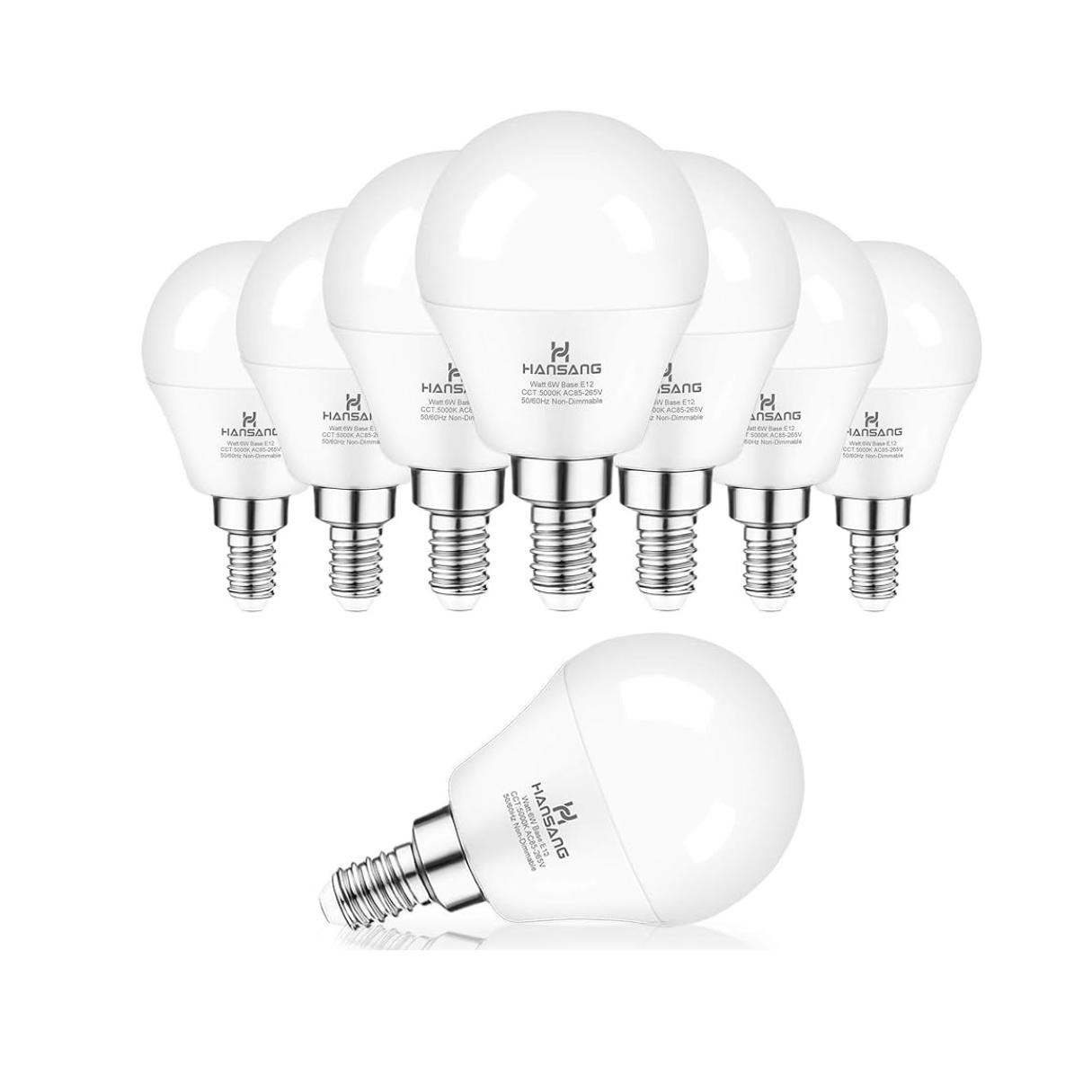

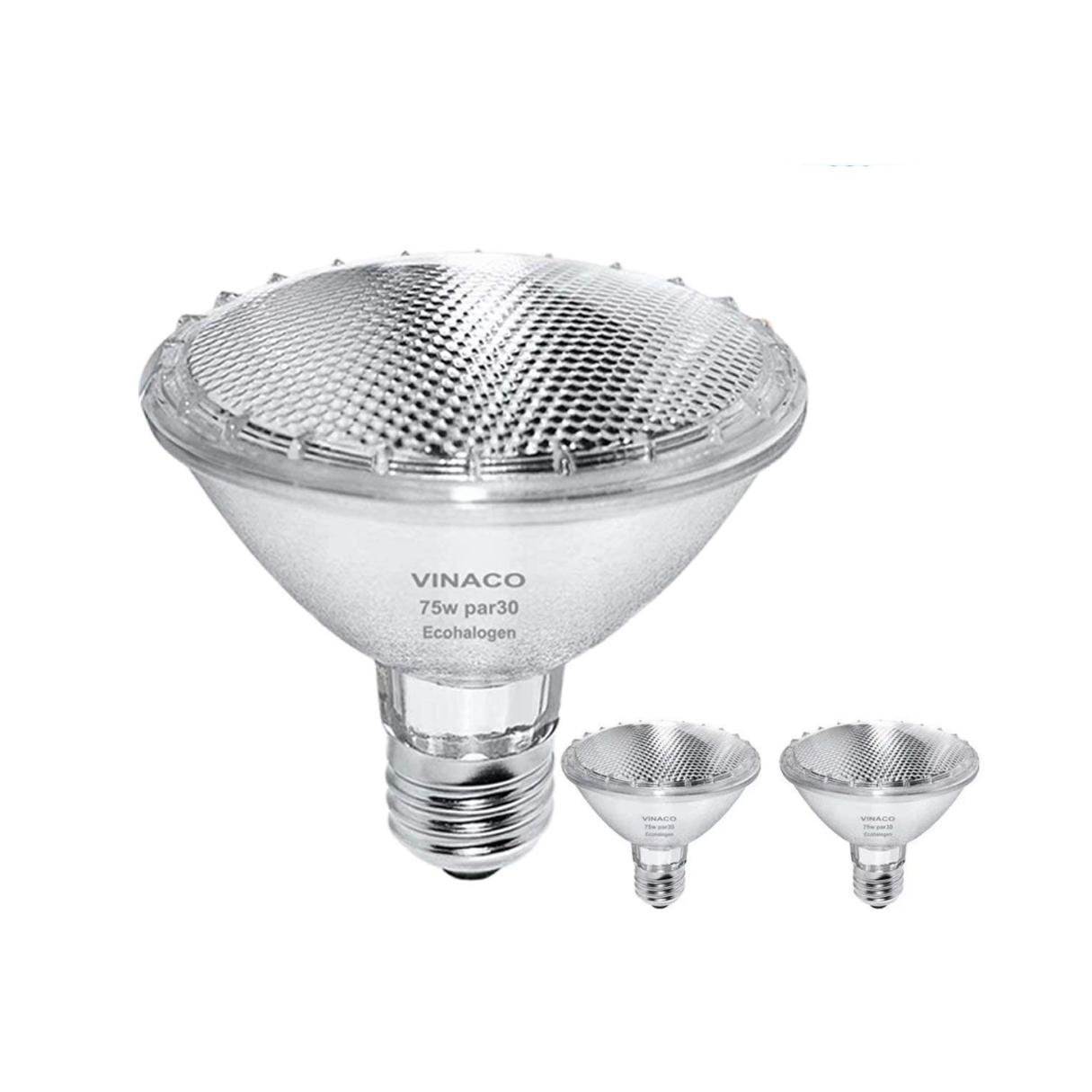


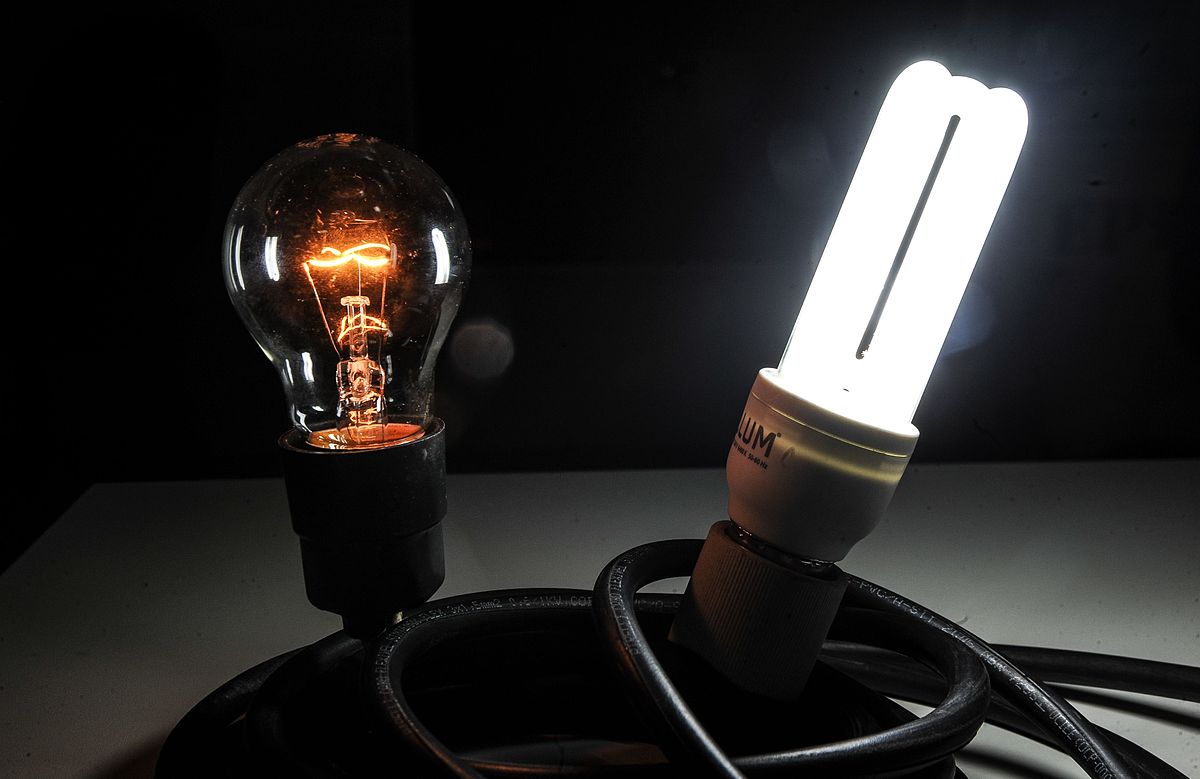

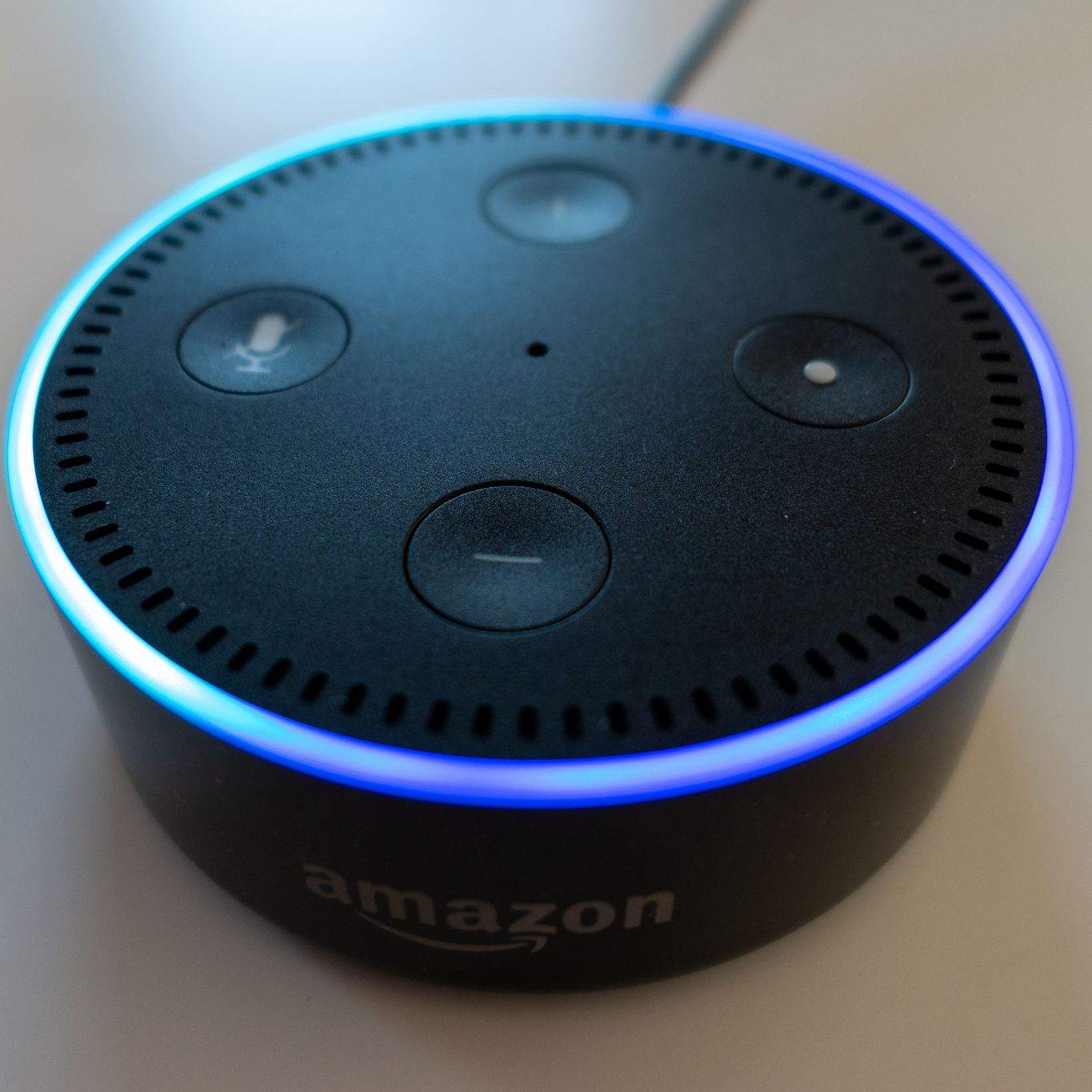
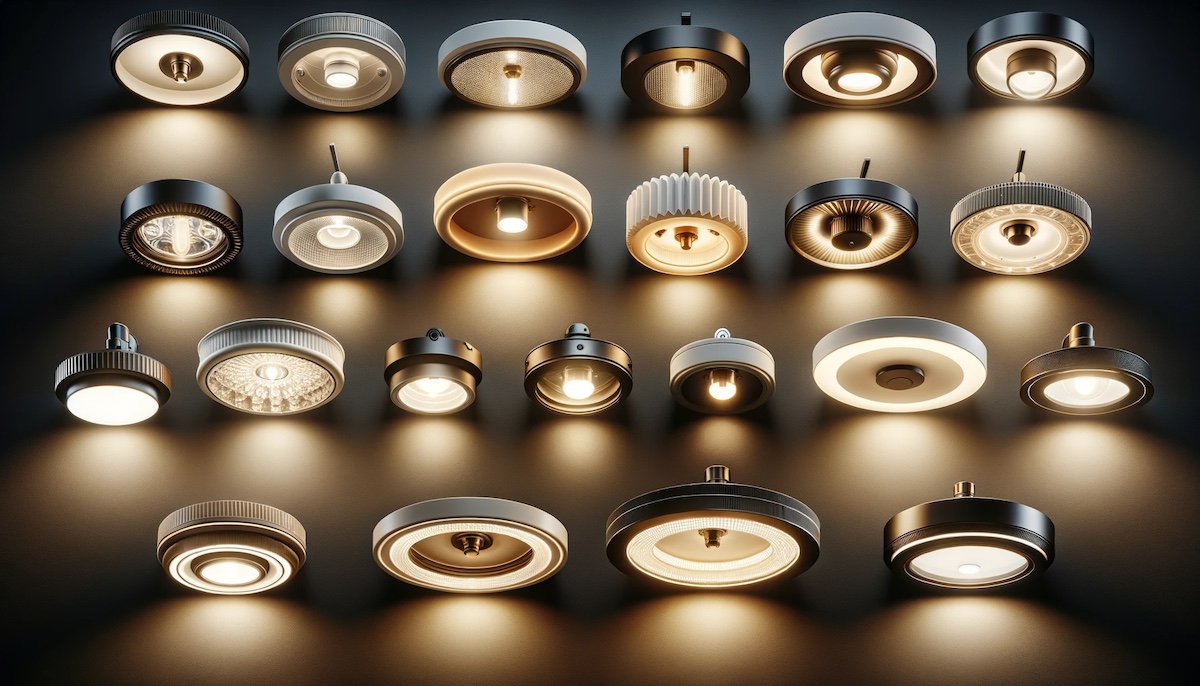

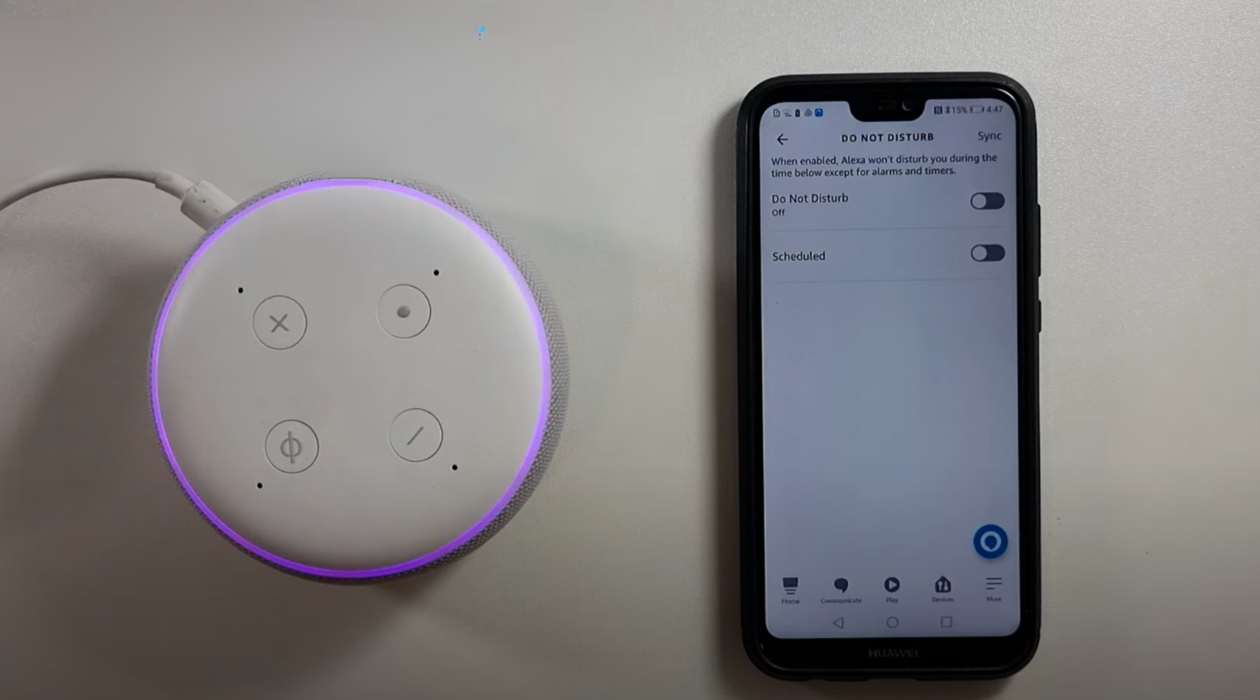

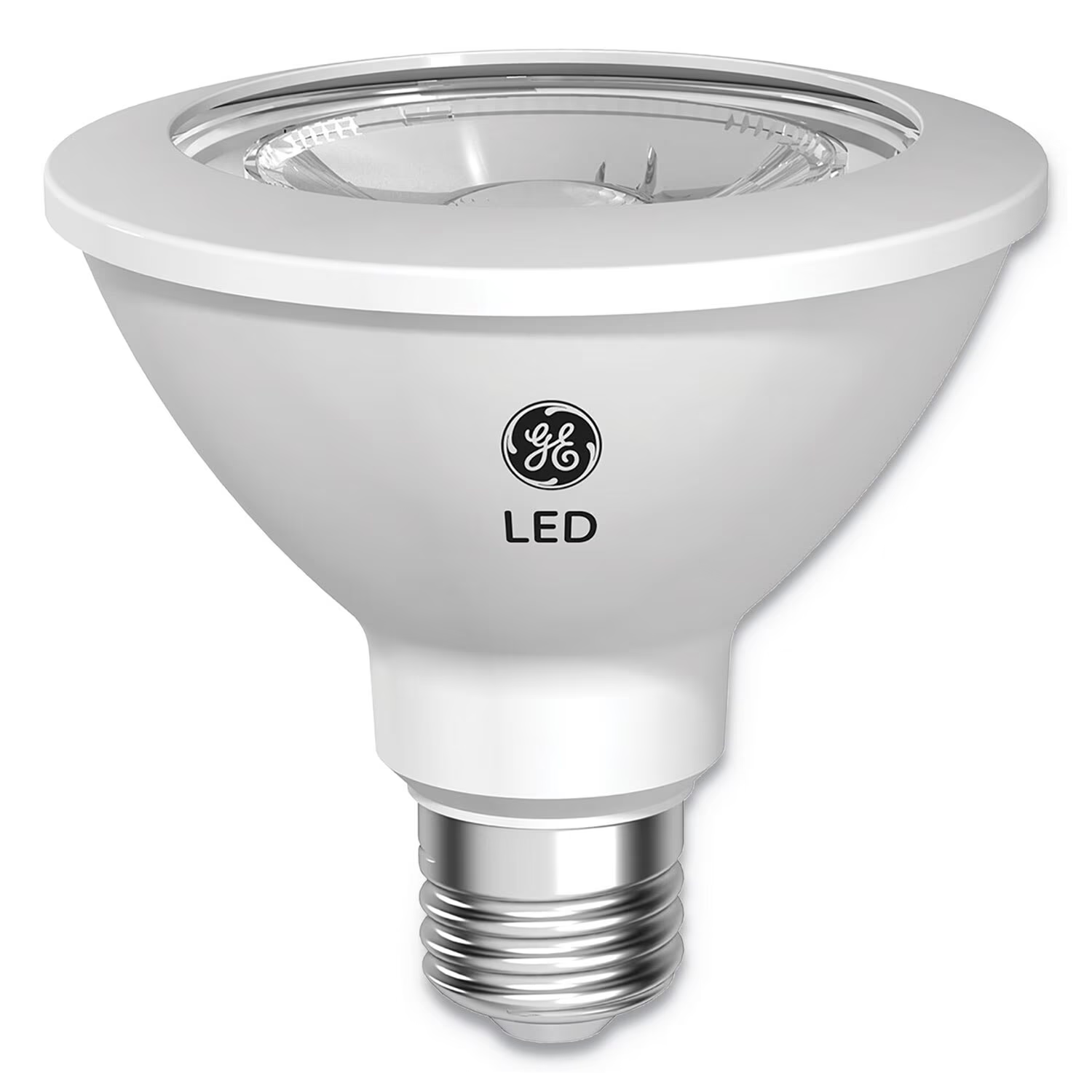
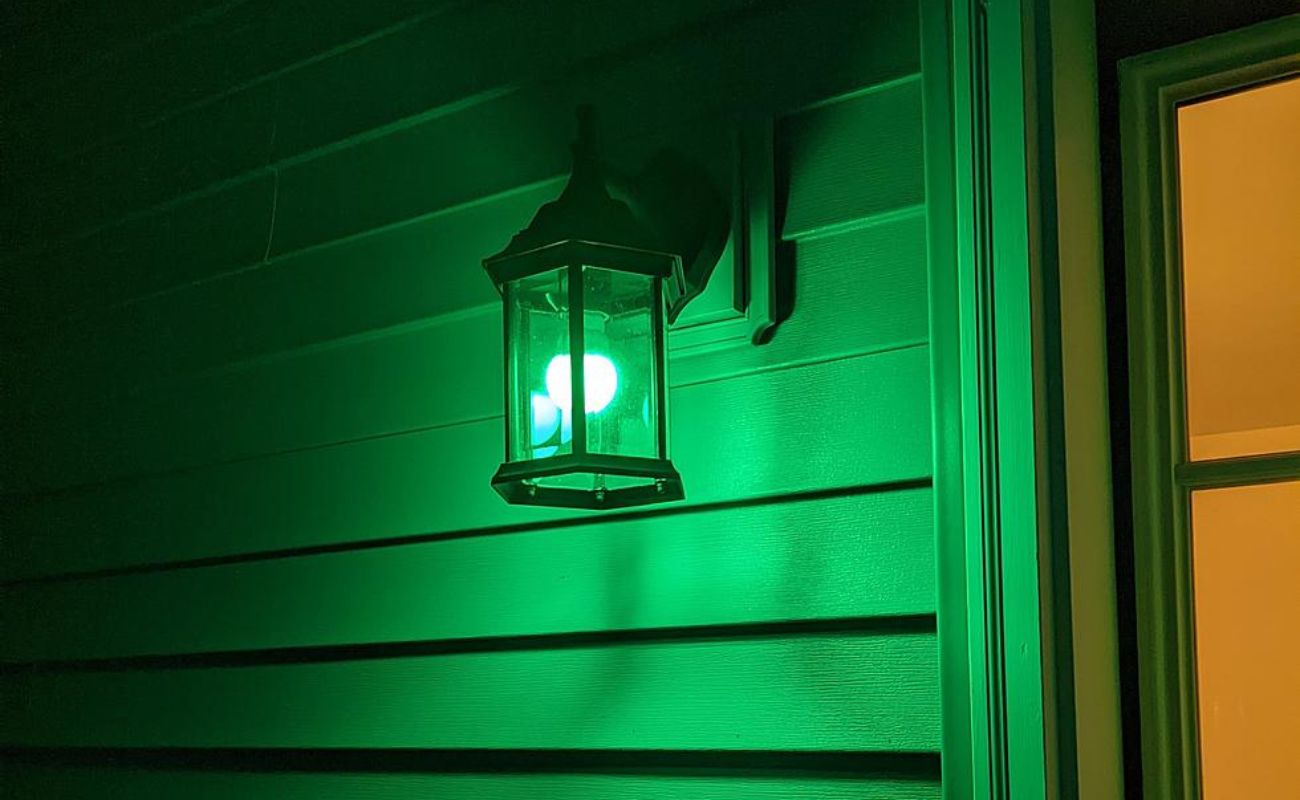

0 thoughts on “What Does A Dimmable Light Bulb Mean?”